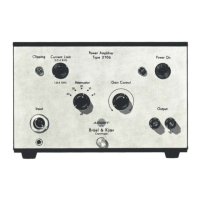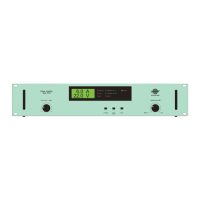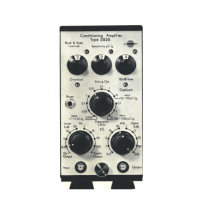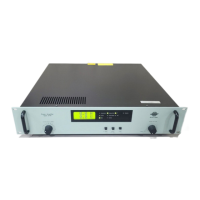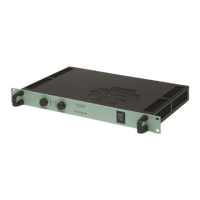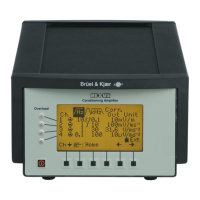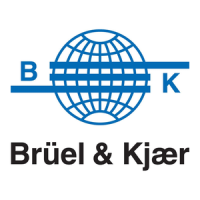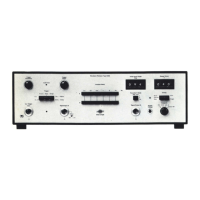Measuring Ampifier Type 2525
User Manual Vol.1
Brüel & Kjær
5–6
Chapter 5 –The Measurement Set-up Menu
Additional Filter
As a general rule, it is best to try to set the lower frequency limit as high as
possible in order to reduce the settling time of the filters.
The options are:
0.1Hz
0.3Hz
1Hz*
3Hz
10Hz
30Hz
OFF
5.7 Additional Filter
To attenuate noise and vibration signals which lie outside the frequency range of
interest, or to separate signals in the high-pass and low-pass ranges respectively,
you can use this menu to add a filter. The options are:
NONE* No additional filter
INTERNAL An internal filter is applied. This is an optional feature
allowing you to add your own filter card to the 2525
which is then coupled into the signal path. This option
is available on special request. Customer filters are
identified on the screen in accordance with customer
wishes.
EXTERNAL An external filter is applied. An external filter can be
used in connection with the 2525 via the Auxiliary con-
nector on the rear panel of the amplifier (see section
2.2). In addition, a filter can be made to your specifica-
tions, and installed in the amplifier.
5.8 RMS Averaging
The RMS value is used to find the mean square value over the specified averaging
time:
● Running Exponential Averaging (option Log)
The exponential average is available at all times and represents approximately
the previous T
A
seconds, but the maximum weighting is on the most recent
input and there is an exponentially decaying weighting backwards in time. This
is the most commonly used averaging method.
● Linear Averaging (option Lin)
Averaging is carried out with uniform weighting over given time periods of
length T
A
where the result is only available at the end of each period. This
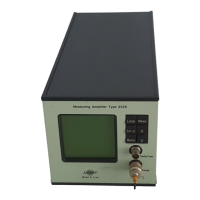
